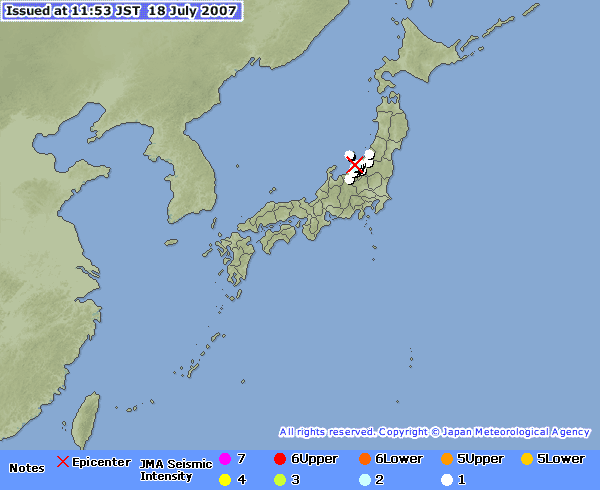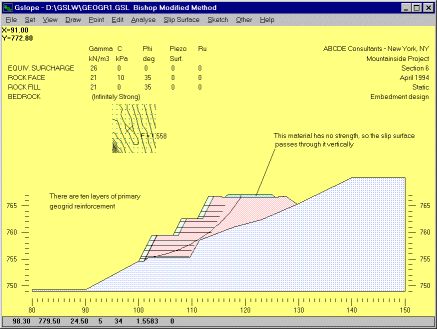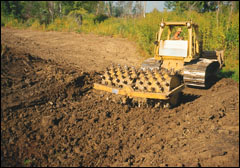I talked about compaction of soil and how removal of the air voids in the soil makes it more dense. Consolidation is the removal of water from soil. In other words, it is the squeezing out of water from the soil to make it more dense.
In case of coarse grained soils like sands and gravels, the removal of this pore water is easy since water freely moves from one region to another within these soil types. However, in case of fine grained soils like silty or clayey soils, consolidation is a time consuming process.
As an analogy, consider soil mass to be like a sponge that is slightly wet. If we press the sponge, it will deform by compressing the air out of it. If we squeeze it further, water will be removed and the sponge will be compressed further. If the sponge (soil mass) is completely wet or soaked, it is termed as saturated. This is the condition when all voids are filled with water and no air voids exist.

Courtsey: Dr. Kamal Tawfiq
In case of fine grained soil on which a structure is to be built, high water content is not desired as the weight of the structure may cause sinking (consolidation settlement) of the structure in due time. Typically the permeability (ability of water to move through the soil voids) of fine grained soils is low, hence it takes a long time for consolidation process. So two aspects of consolidation settlement are important: the rate at which the consolidation is taking place and the total amount of consolidation.
It is very important to note that unlike settlement in sands and other coarse grained soil, consolidation settlement of fine grained soil does not occur immediately. Hence, it is common practice to ensure that the consolidation process is expedited and that most of the consolidation takes place during the various phases of construction.
If the soil is such that it has never experienced pressure of the current magnitude in its entire history, it is called a normally loaded soil. The soil is called pre-consolidated (or over-consolidated) if at any time in history, it has been subjected to a pressure equal to or greater than the current pressure applied to it. In case of normally consolidated soils, the consolidation will be greater than that for a pre-consolidated soil. That is because the pre-consolidated soil has previously experienced greater or equal pressure and has undergone at least some consolidation under that pressure. So a pre-consolidated soil is preferred over a normally consolidated soil.
The rate at which consolidation will take place, will depend on the nature of soil, the degree of saturation (how many percent voids are filled will water), the amount and nature of the load on the soil, the soil history (normally or over -consolidated), etc.
Technorati tags: consolidation, soil consolidation, NC, normally consolidated, over consolidated, OC
Copyright Kshitija Nadgouda.




























